The Last of Us revolutionized the survival-horror genre by proving that the survival, horror, action, and drama aspects can all co-exist within the same game without sacrificing one over the other. What is more, developer Naughty Dog managed to create a classic story with memorable characters making the first game a tough act to follow. This is what The Last of Us Part II set out to do. The question is: were they able to do it? Let’s find out.
The Last of Us Part II takes place five years after the events of the first game, and it certainly feels as if it were an extension of it. And that’s not just because the game starts with familiar names and faces, but also its controls and mechanics remain largely the same. You still have to survive on limited bullets, and you need to craft bombs and/or ammo to fight against either the infected, or enemy factions. Most of all, you need to learn how to use stealth to gain an advantage.
The controls are largely the same, but Naughty Dog has provided tons of accessibility options to make the game playable to casuals, the handicapped, or just anyone who needs some help playing it. You can toggle a direction meter to show you where you need to go, or choose the ability to hold an action button instead of button-pressing it.
The game goes out of its way to make you experience what it is like to live in this post-apocalyptic world and trying to survive various dangers. This is true even at the lowest difficulty setting and even with the most comprehensive accessibility options in gaming I ever experienced. We’re talking about features that benefit low-vision and blind players, fully remappable controls, exploration and combat options.
What this means is that for the casual gamer, even the lowest difficulty setting and with most of the traversal and combat modifiers leaning heavily in your favor, you will still get a reasonable degree of challenge. It doesn’t make things too easy: it just makes things more forgiving. Instead of telling players to simply “git gud“, Naughty Dog opted to encourage players to challenge themselves while helping them as much as they can.
I can’t commend Naughty Dog enough for making this game accessible to as many people as possible. This doesn’t mean the game has been nerfed as you would still need to exploit your abilities and use your supplies wisely. You still need to think twice about your next step, and even with the option to skip puzzles you are encouraged to solve them.
You may ask: why give the option to skip puzzles in the first place? Well, because a lot of the puzzles – like in the first game – require you to read visual cues, or papers lying around, or using what was in the environment. Some of these puzzles are required for you to access an area and move on. Others like safe-boxes hold much-needed parts, ammo, or weapons. Some combinations for these safe-boxes are scrawled on a white-board, or on a note nearby, while some would require you to backtrack somewhat. Those subtleties might be difficult to catch if you are visually impaired.
One of the more stress-inducing parts of the game are the room to room traversals. While enemies are almost always accompanied by audio clues ( the moans of the infected, the spine-tingling clickers, or conversations between humans), it sometimes happens when you are exposed (giving you only a split second to react), or there’s a jump-scare scripted to happen.
The music also shifts gears appropriately, always keeping you on your toes. The sudden transition of the music instantly alerting you to something lurking nearby, whether it be suspenseful music, which usually means either your cover is about to be blown or there is a fight coming; or the lack of it, which may mean that a scripted jump-scare is about to happen.
The soundtrack is consistent with the first game’s, which is to say that it’s good. It sets up the mood and some tracks in particular, will bring tears to your eyes. Although I must admit, it’s hard to focus on the music when you’re trying run for your life, but that’s by no means the fault of the game.
The music gets cinematic on the right spots that will give you Uncharted 4 feels. There is one scene late in the game that just has my heart pounding, thanks to the combination of the cinematic music and what is actually happening on the screen.
Visually, The Last of Us Part II is great, though many times it seems as if it isn’t that much different from the first game. There are times when the graphics felt like an “upgrade” rather than an overhaul, especially in the Seattle area of the game. That may be due to the fact that your perspective inside rooms and buildings is limited to the confines of the level. When the camera shows sprawling areas like the mountain range, or panning at the tall buildings in Seattle, that’s when you see what the game has to offer visually.
Framerate feels okay, with only a few noticeable dips usually in spots where there’s a huge number of enemies onscreen. But otherwise, it is steady and coupled with new character animations, it helps keep character movement look smooth.
It must also be noted that the game has a lot of visual cues that keep things “authentic”. Facial animations are top-notch, character designs have a lot of detail, right down to armpit hair (I’ll let you spot that for yourselves). The game wants to visually depict the blood, sweat, tears, and the mud and it succeeds with flying colors. This game beautifully depicts the ugly reality of a post-apocalyptic society in all its forms.
Finally, we come down to the story. The Last of Us is one of video gaming’s most compelling stories of all time, and The Last of Us Part II doesn’t just try to match it: it seeks to blow it out of the water. Despite the time-skip, the game’s story is a direct result of the choices made in the first, and a huge part of the sequel’s plot revolves around the fallout from it.
We’re not allowed to explain too much of the story to avoid spoiling you. But I can say that the story made me laugh, cry, annoyed, angry, vengeful and sympathetic as the story went on. It’s an emotional roller coaster ride that I don’t think I can shake off as easily as I did other games.
The narrative choices in the game may prove to be divisive, but the story took great lengths to show you multiple perspectives to allow you to better understand character motivations. To use Neil Druckmann’s own words, it’s a “revenge story” but it also goes much deeper than that. It becomes a story of tribalism, of “us versus them.” Of hate and obsession. Of pain, trauma, redemption, and empathy. How far will you go, and how long will you hold on to that hatred?
The Last of Us showed us that even the best of intentions can drive a man to do unforgiveable things. The Last of Us Part II shows us that even a “just cause” can end up not being worth it, if it only engenders the cycle of violence and hatred it was supposed to stop. Ultimately, this game tries to show that forgiveness and acceptance is more powerful than revenge. What is more important? Taking revenge, or living for something good. Is your life worth more than the one you want to take?
Ultimately, The Last of Us Part II is a story of flawed individuals who had to make difficult and often painful choices and learn to live with it.
The Last of Us Part II deserves a place among the all-time greats not only because of its technical brilliance but also because of its wonderful storytelling. Its fearless attempt to make people think about themes not from a “good versus evil” perspective but from a philosophical point of view helps elevate video gaming as an art and a medium for education and change. As we count down the days before the PS5 comes around, let’s celebrate another great title in what had been a pretty awesome console generation.



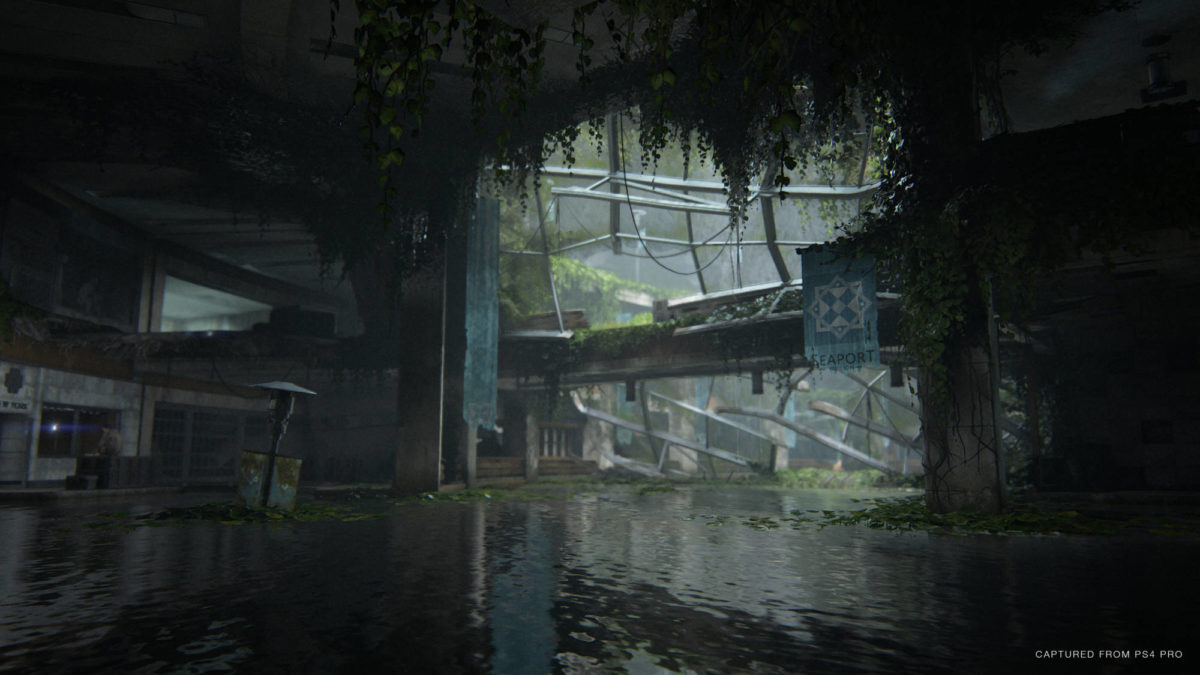
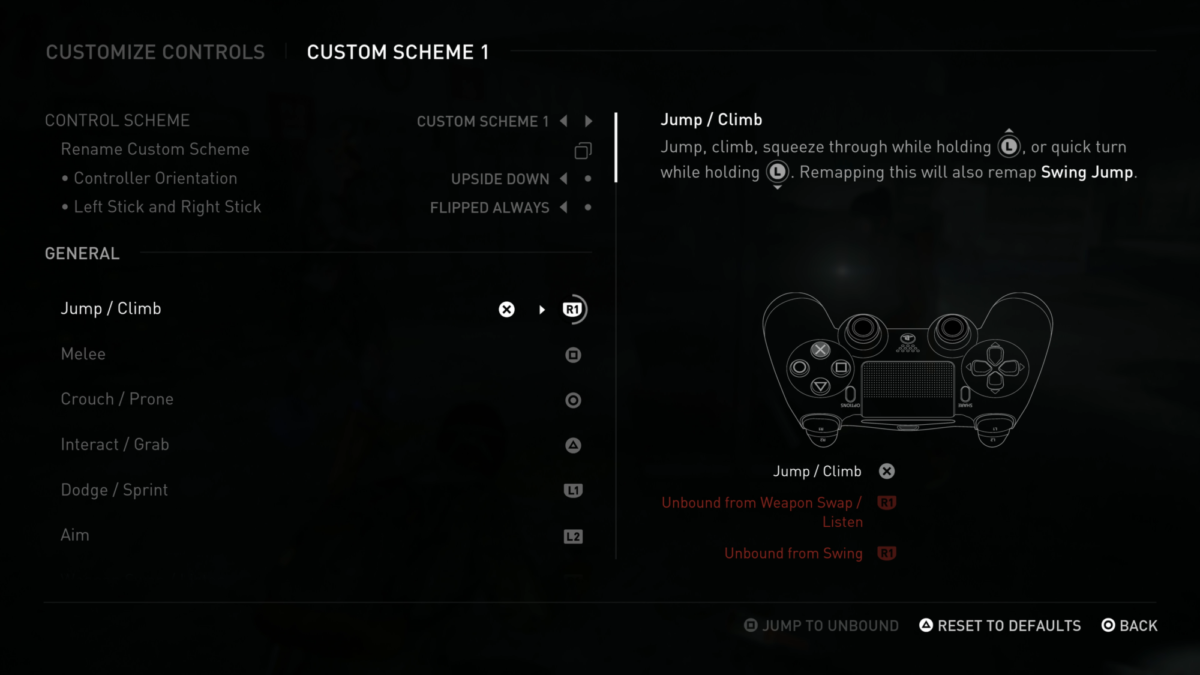
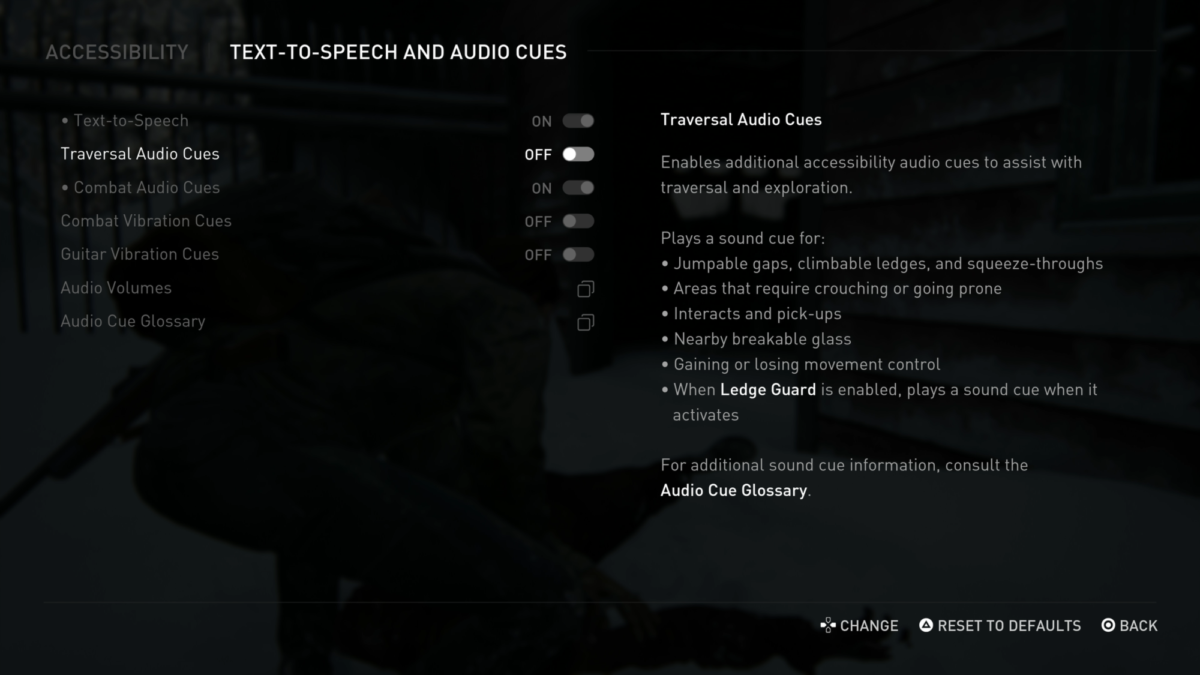
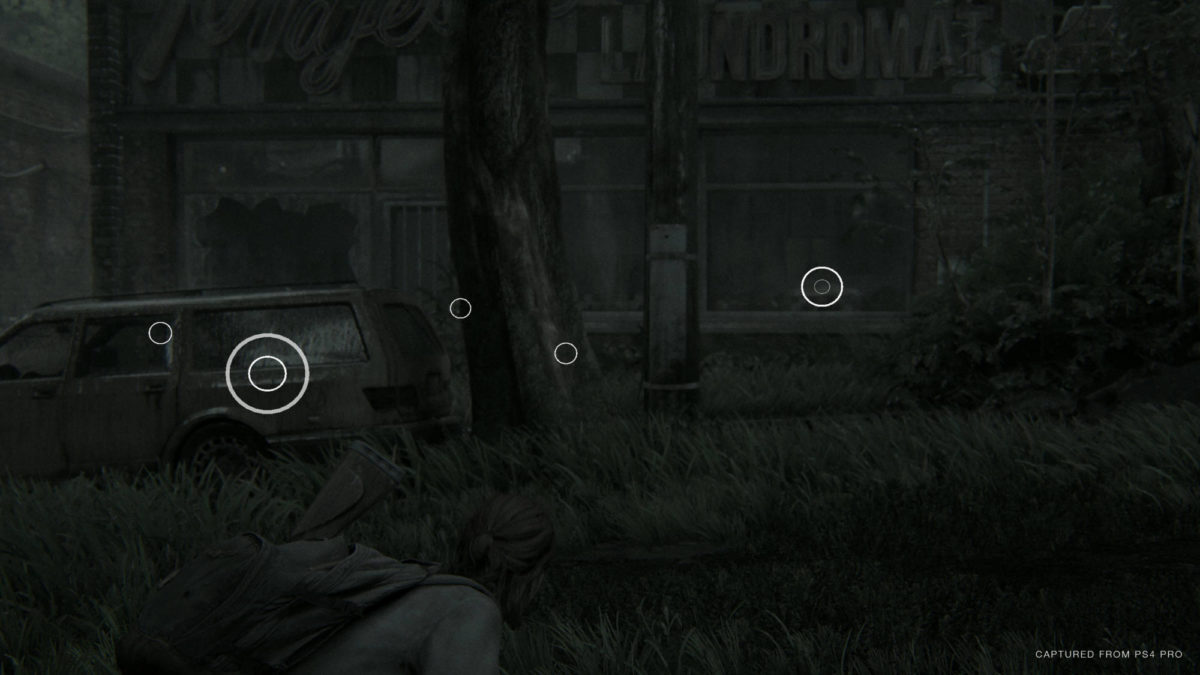
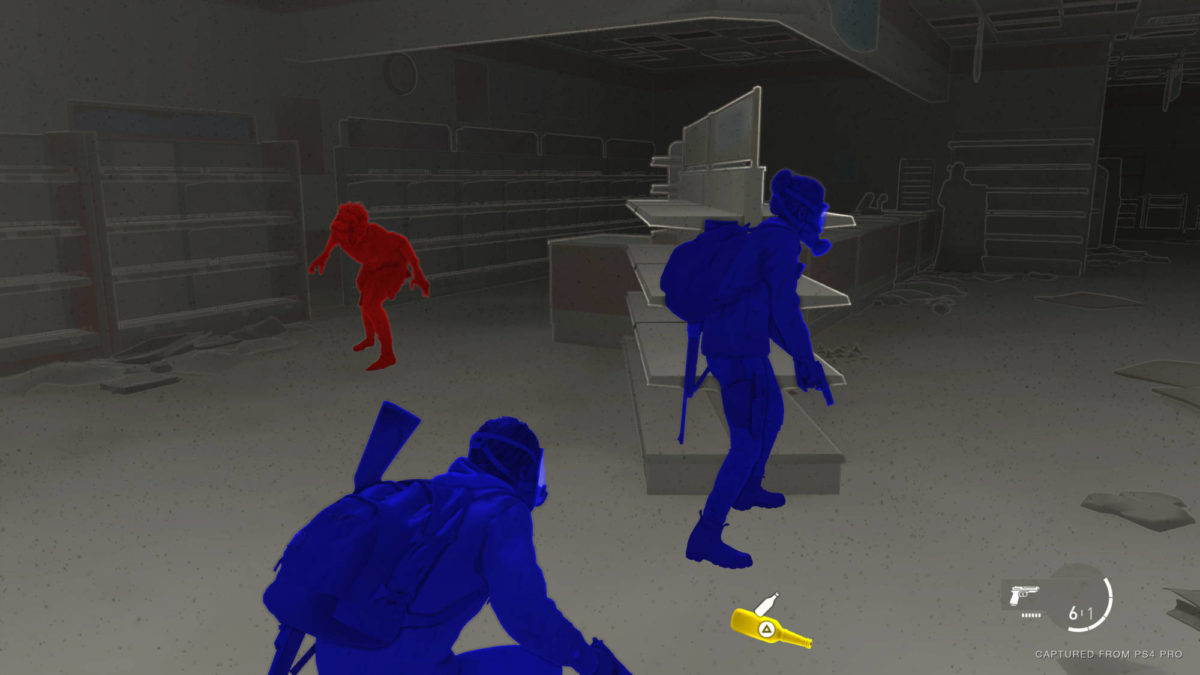
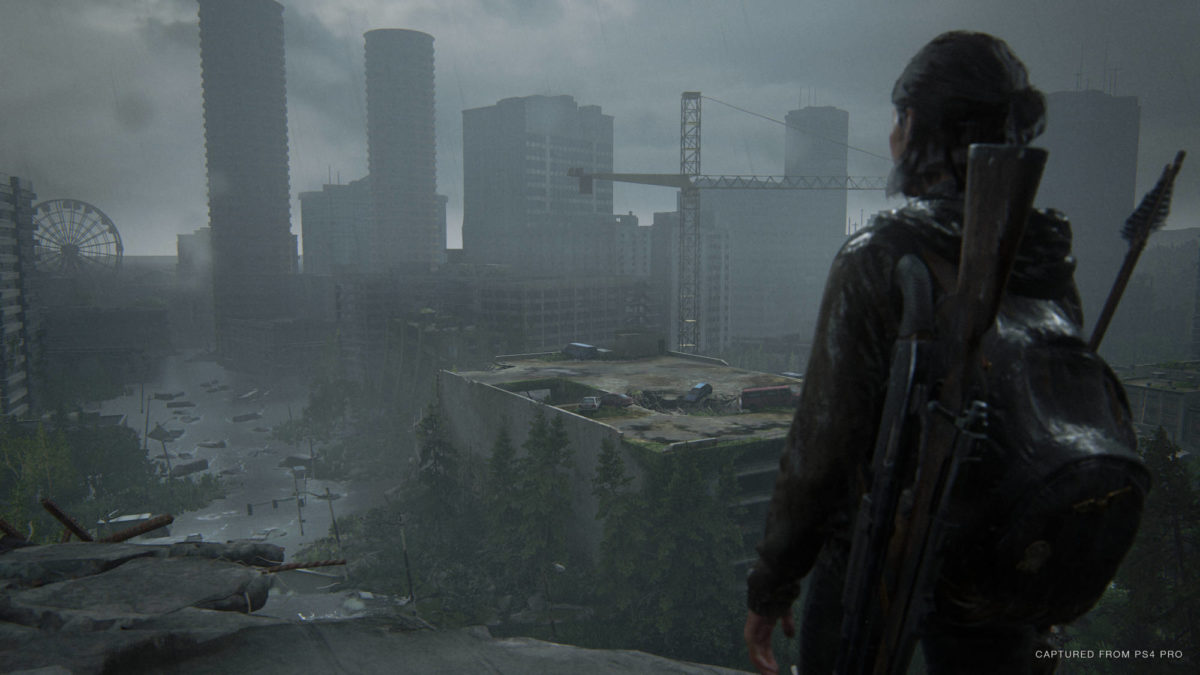
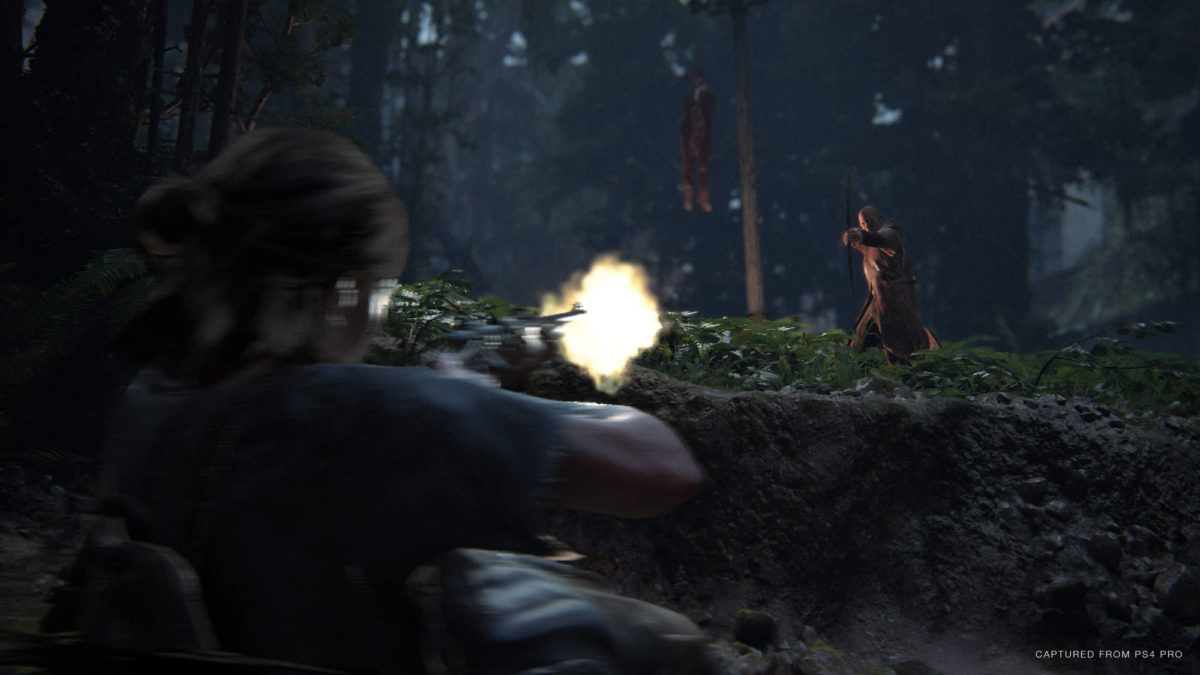
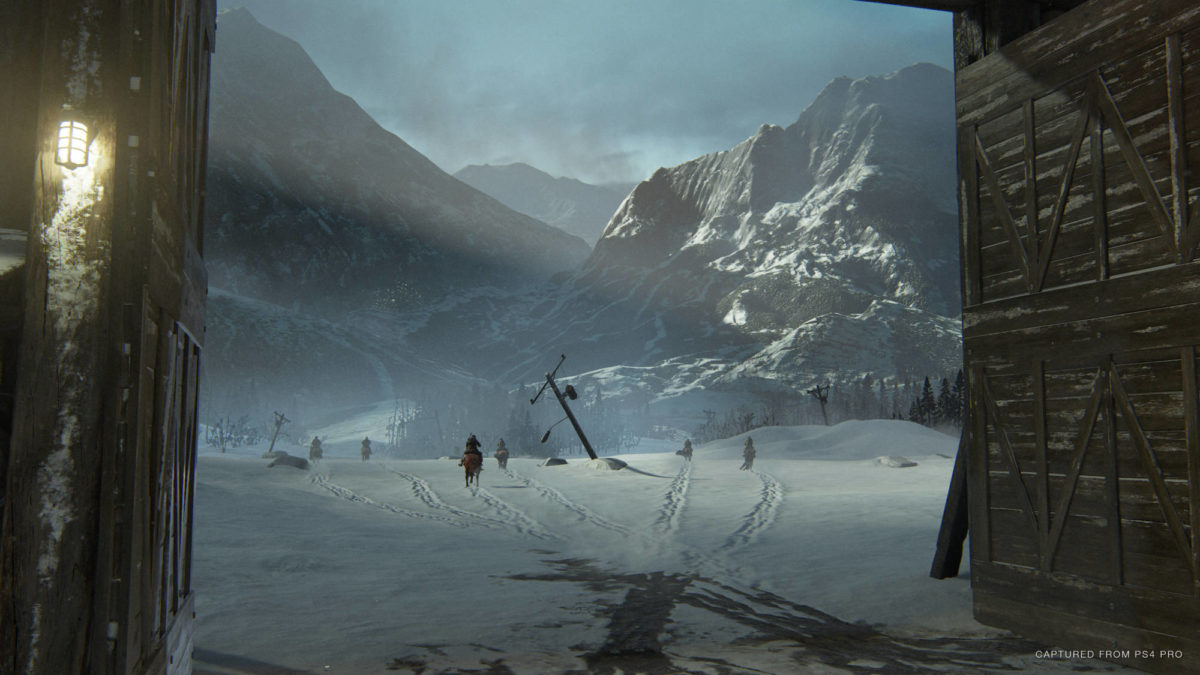
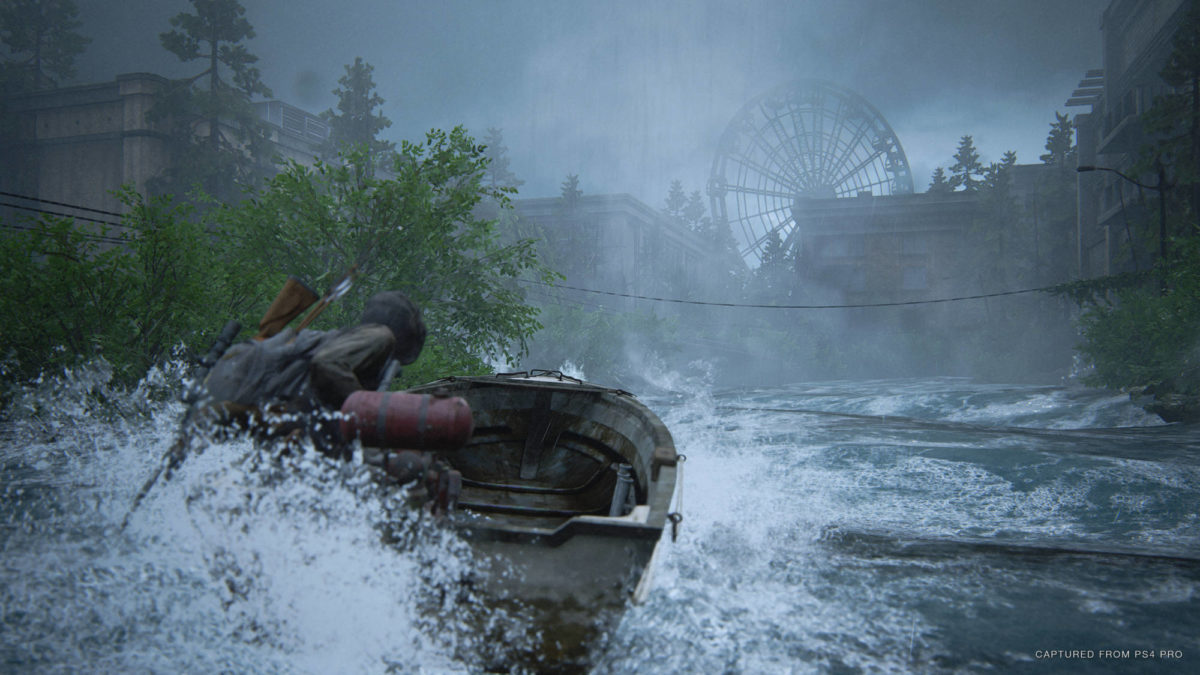
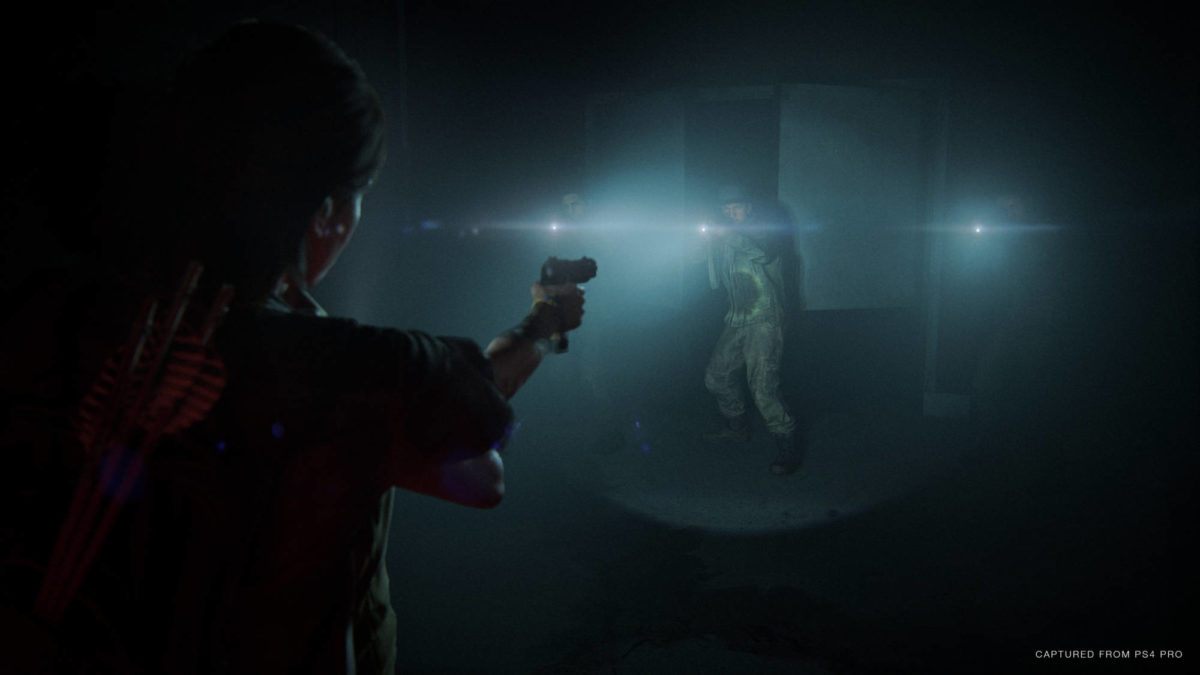
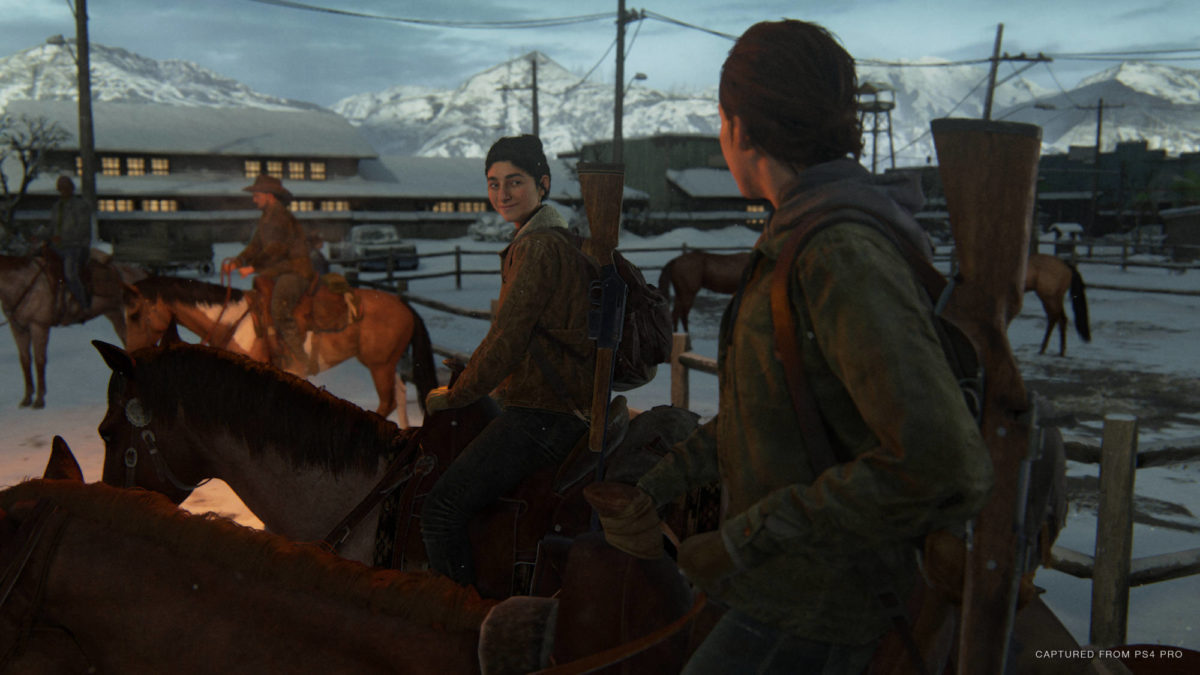
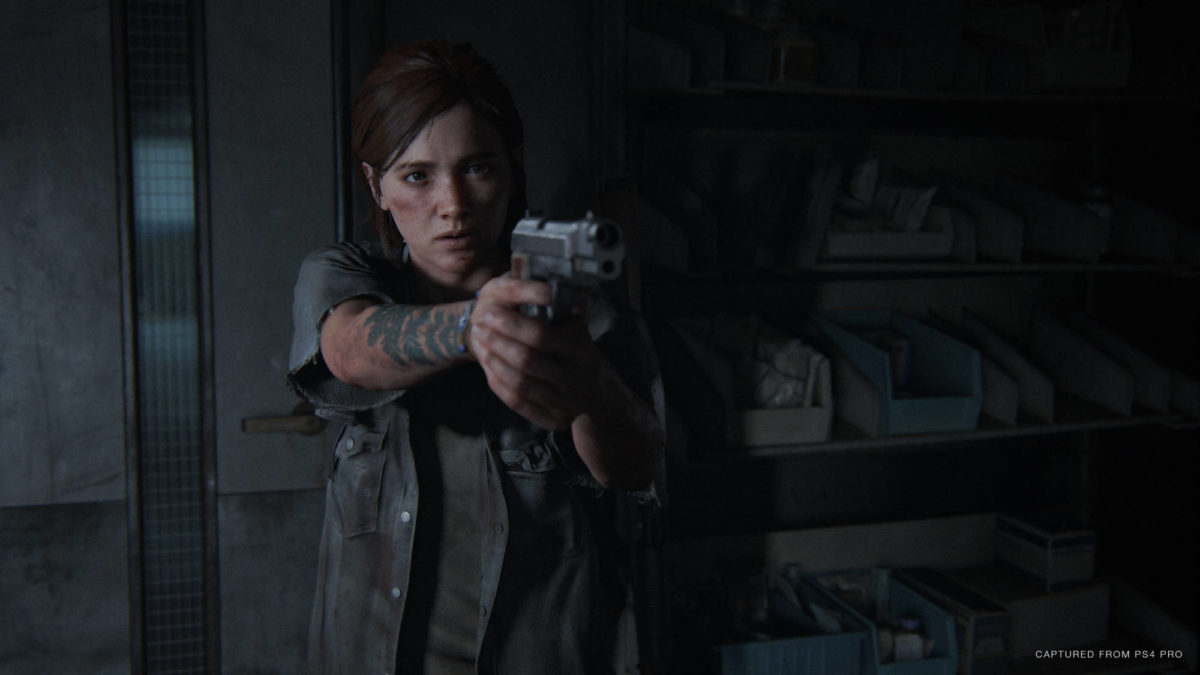
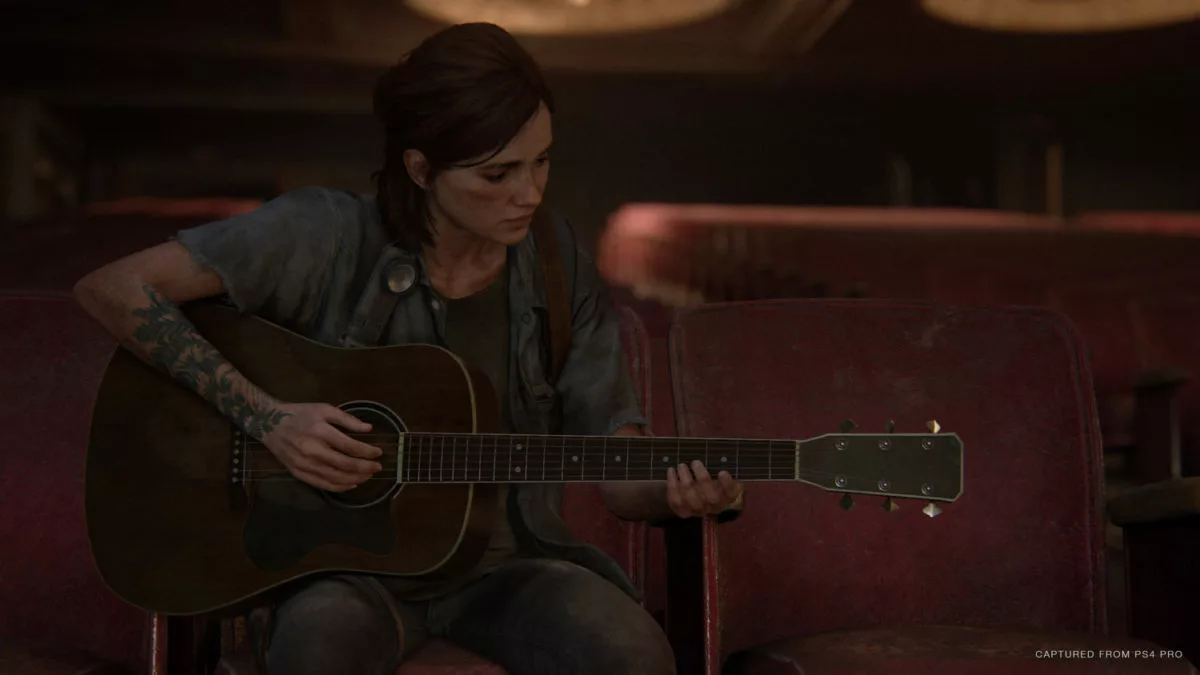
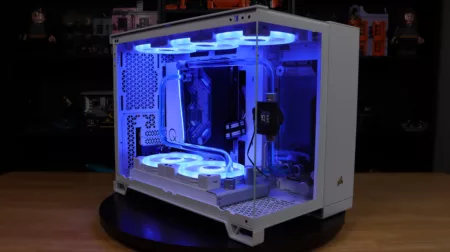
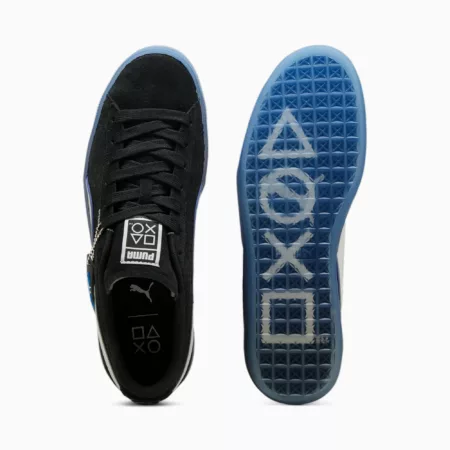
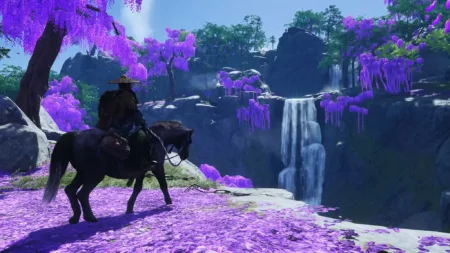
1 Comment
Mature themes that might be too much for players? Hell yeah.